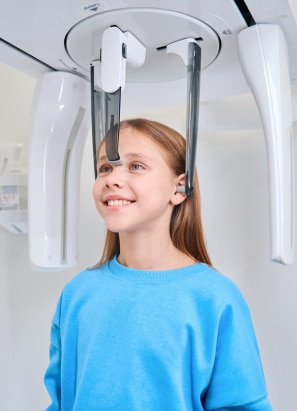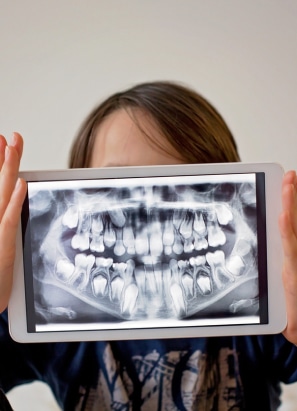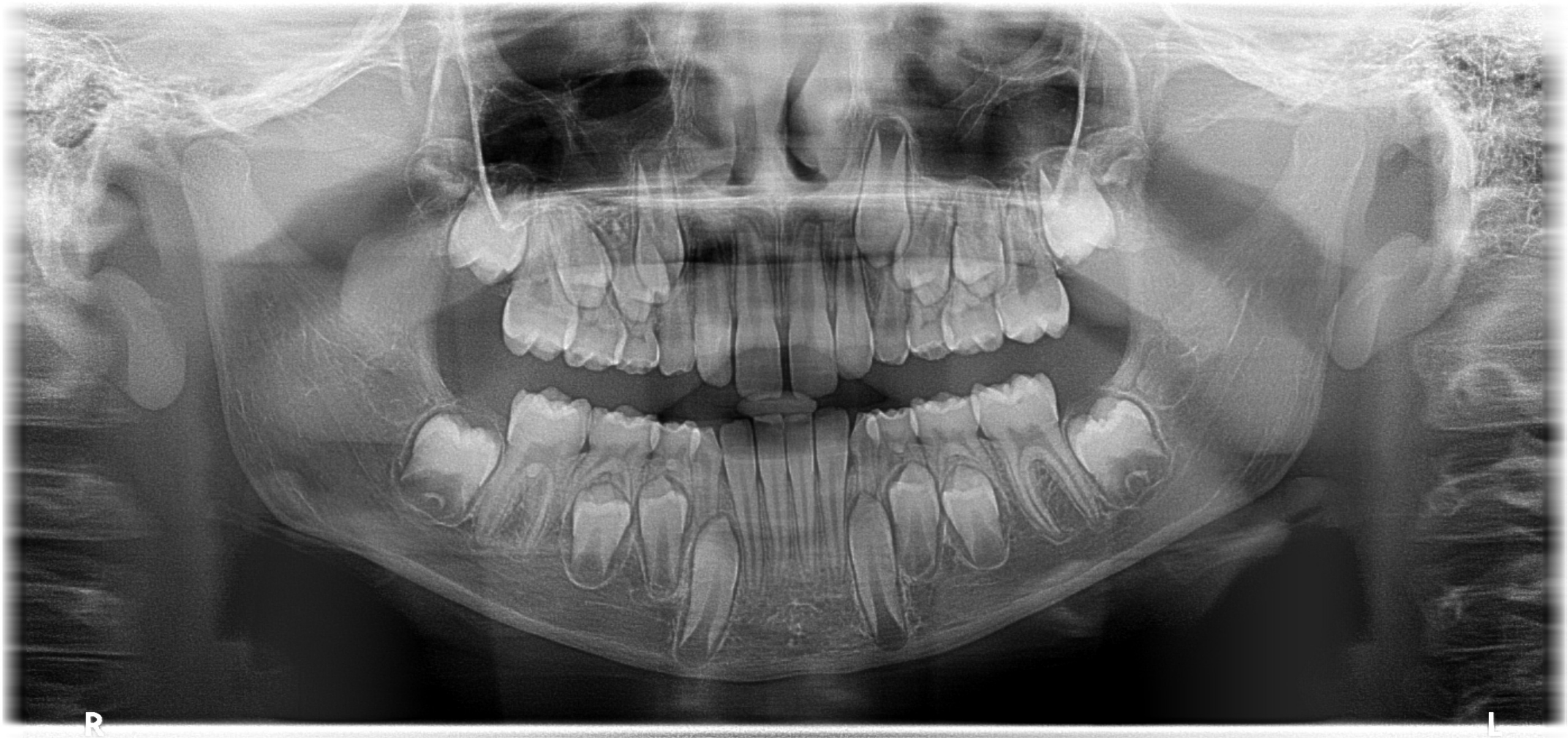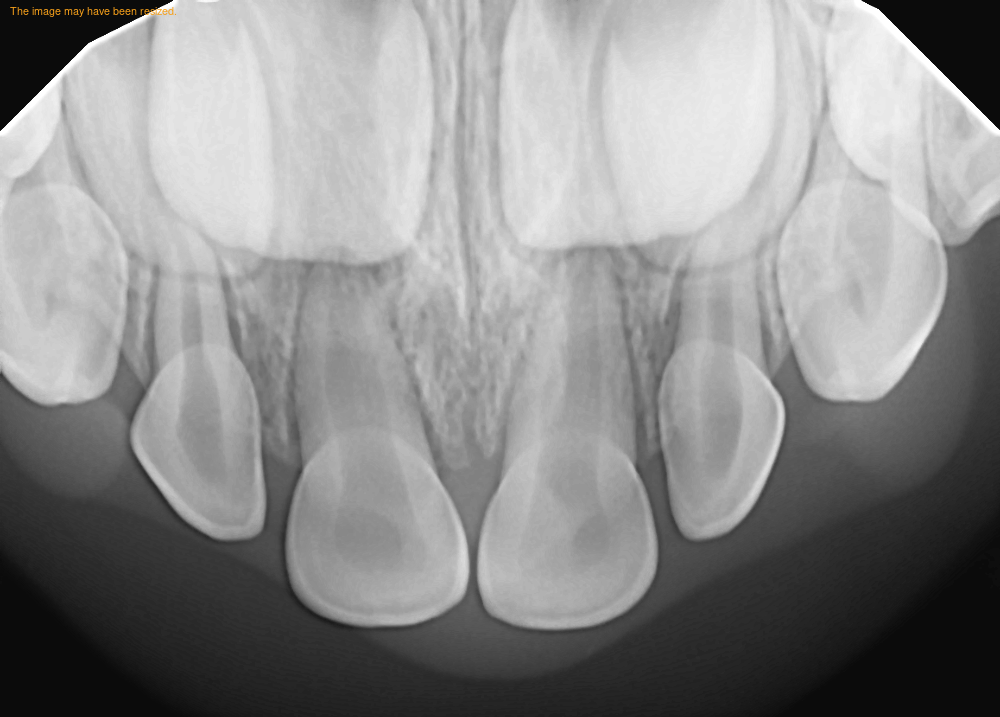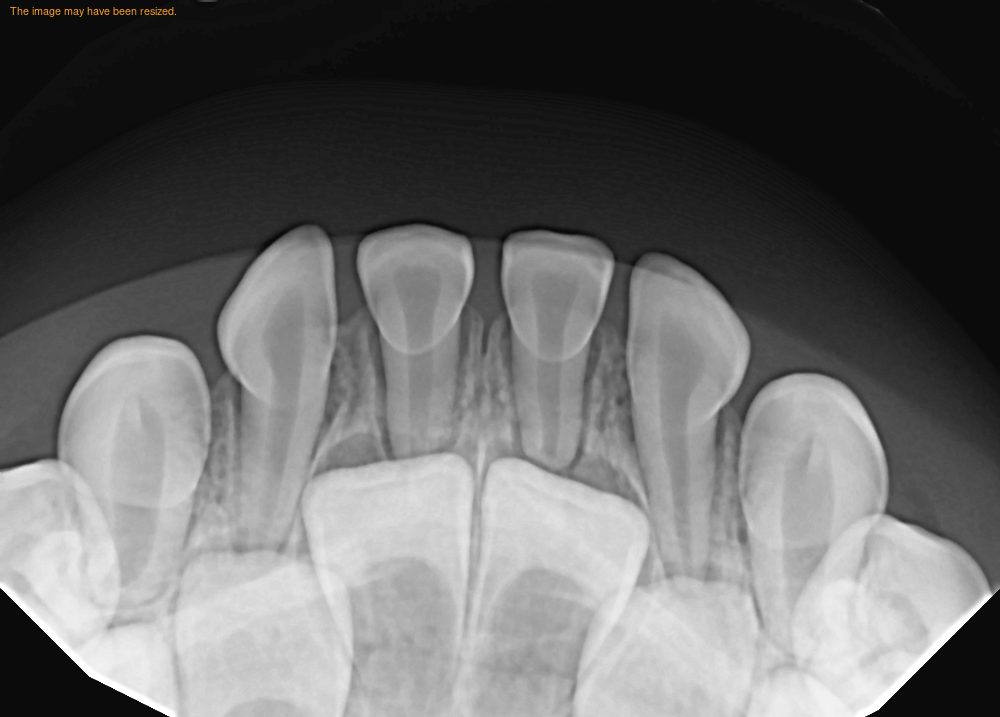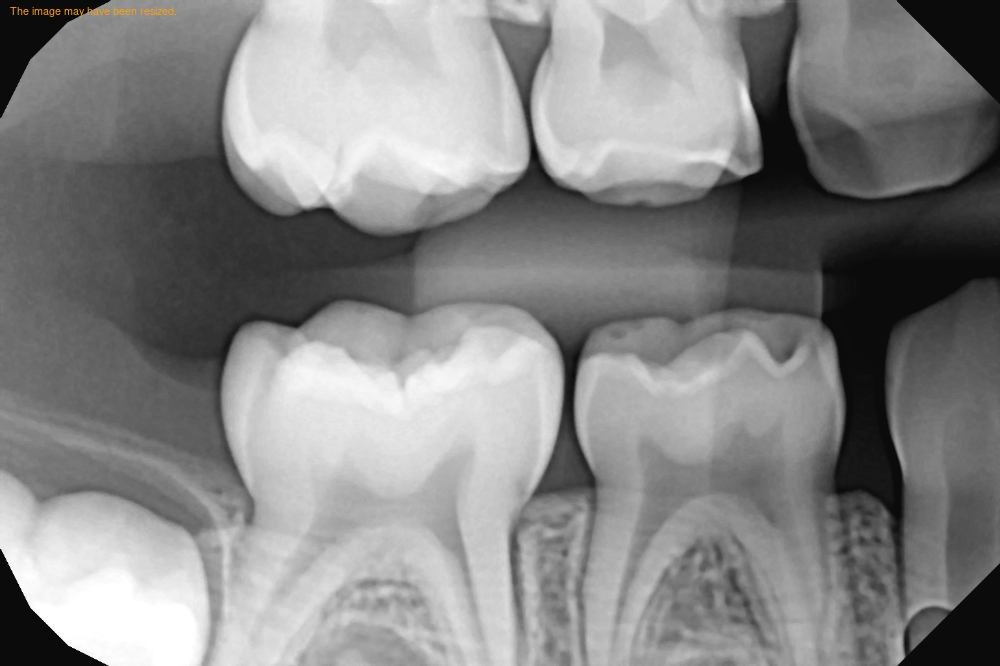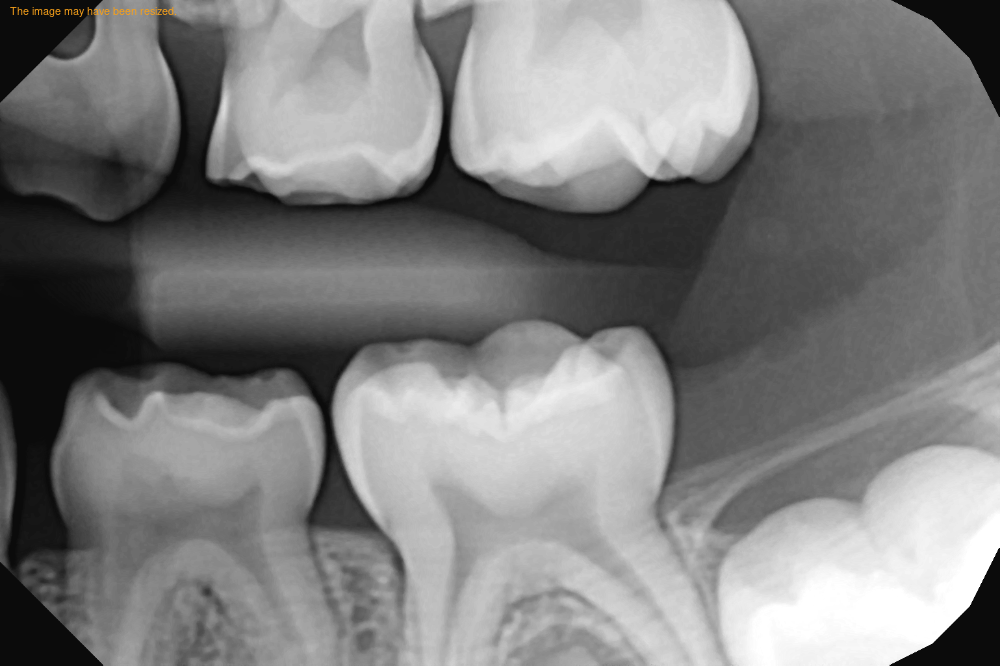Benefits of digital x-rays
Digital X-rays are faster and contain less radiation than traditional radiographs, providing a safer and more comfortable experience. They offer immediate results, which means quicker diagnosis and treatment initiation.
Integrating technology in dental care
Our dental practice integrates the latest in digital X-ray technology, ensuring that every diagnosis is based on the most accurate and comprehensive information available, leading to better dental health outcomes.

